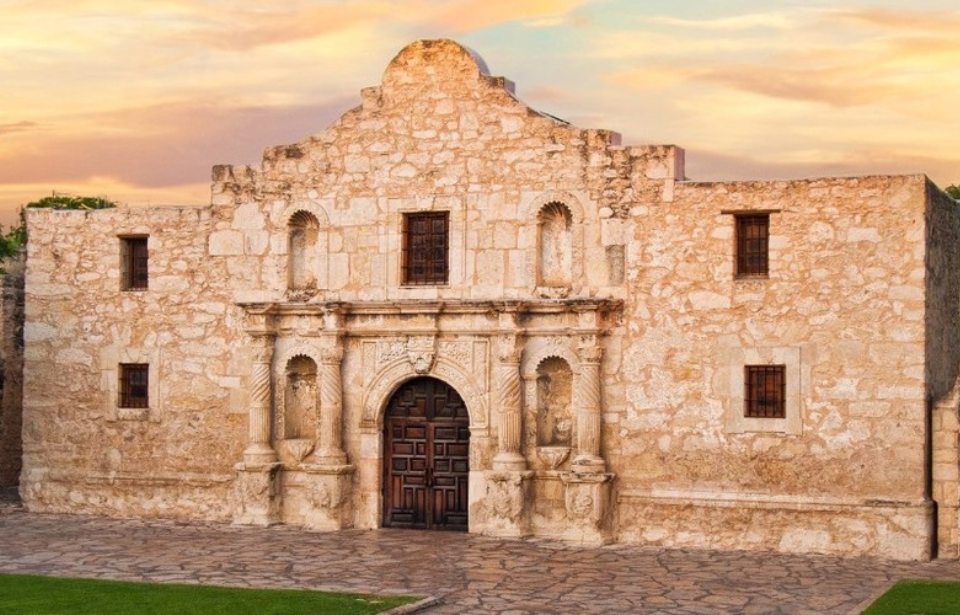Until March of 1836, Texas was part of Mexico. After several battles in Texas, independence was declared, but the Mexican Government did not acknowledge The Republic of Texas until after the end of the Mexican-American War in February 1848. One of these battles was fought at the Alamo fortress in the city of San Antonio in December of 1835.
The Battle at the Alamo
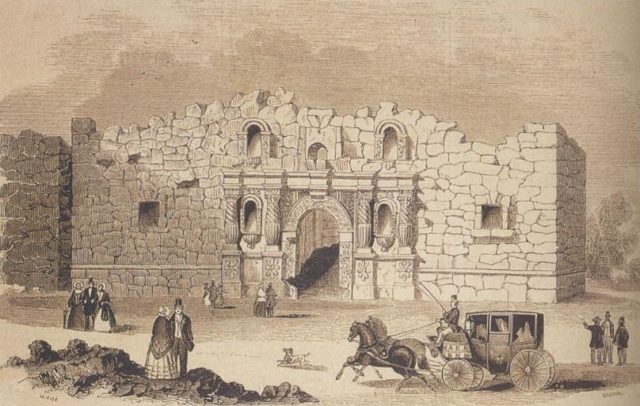
In December 1835, a group of Texans, or Texians as they called themselves at the time, took over San Antonio and the old mission fort, the Alamo. The Texans were fighting against Mexican control of the area and believed the territory should be independent of any outside rule. General Sam Houston felt that because most of the Anglo settlements were in the eastern section of the region, the occupation of the Alamo and the surrounding lands was unnecessary.
Jim Bowie, considered an American pioneer who was involved in the Texas Revolution, was sent to the Alamo to destroy the fort and return with the rebels and their weapons. However, Bowie disobeyed his orders. Instead, he stayed at the Alamo and strengthened its defenses.
Bowie had a sorted past
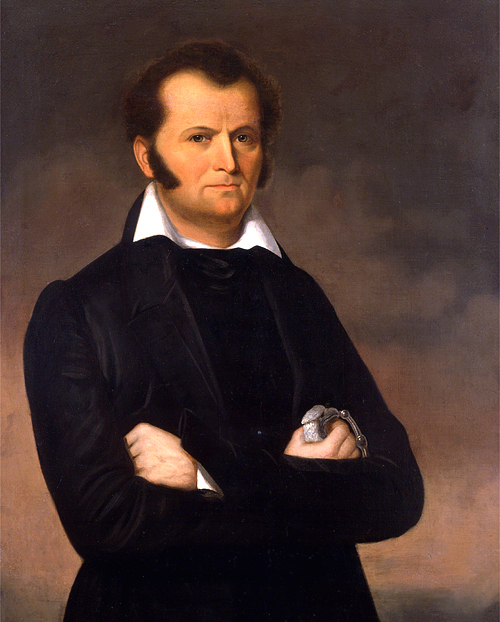
Although Bowie is regarded as a hero in Texas and in the pages of history, at the end of the day he was a con man and a slave trader. In his younger years, he lived in Louisiana and sold timber for a living, and was known for being quick to anger and inclined to violence. After meeting smuggler Jean Lafitte, he became involved in the slave trade. Bowie illegally bought contraband slaves, claimed he had captured them, and sold them in an auction.
Eventually, he claimed land in Louisiana using fraudulent documents. He also illegally claimed land in San Antonio in 1830 in his quest to evade debt collectors in the United States. It was his diligence in fighting Mexicans, however, that made him a favorite among the people of Texas.
Bowie’s response sparked something in the other men
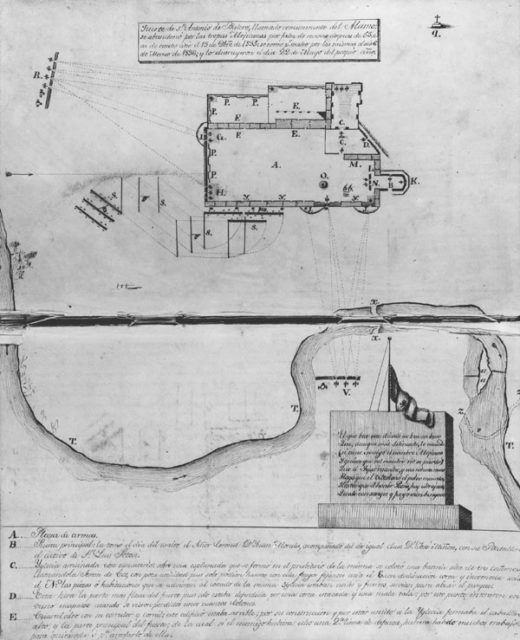
The commander in charge of the Alamo, Lieutenant Colonel William Travis, had little influence over the men as most of them were volunteers and not trained soldiers required to obey orders. The men identified more with Bowie than their military leader, and Bowie did not get along well with Travis. Bowie’s refusal to obey orders only served to create further discord.
The men ultimately united against the Mexican army as a common foe, and Bowie’s behavior was subdued when he contracted a respiratory infection. The strain of the situation was relieved when Davy Crockett, an able diplomat, arrived in San Antonio.
General Santa Anna arrives in San Antonio
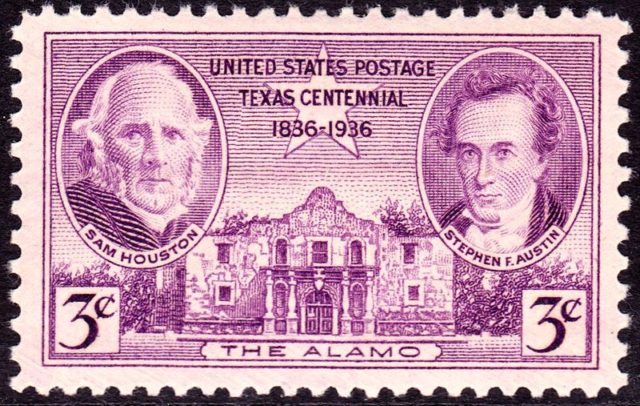
In February 1836, the Mexican army, under the leadership of General Santa Anna, reached San Antonio, and the rebels moved to the Alamo fortress for protection. Santa Anna made no attempt to cordon off the fortress or the town for the first few days. The soldiers and the Texans could have easily escaped unharmed, but overconfidence caused them to remain and fight. This proved to be their undoing.
Some of the rebels were Tejanos: Mexicans born in Texas. Their loyalties, however, were with the Texans. As native-born inhabitants, their allegiance caused them to fight with the same fearlessness and conviction as the soldiers and Anglos, and at least a dozen Tejanos were found among the dead after the battle concluded.
Lt. Colonel Travis sent for assistance from Colonel James Fannin in Goliad on more than one occasion, believing the additional forces were on their way. However, Fannin refused to come, believing his three hundred troops would not arrive in time and would not be a strong enough force to help the Alamo defenders accomplish their goal. The rebels waited for help that would never come.
The declaration of independence
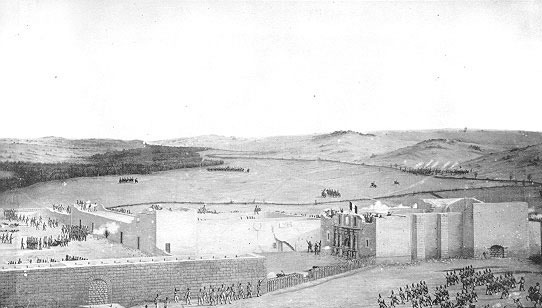
The declaration of independence of Texas from Mexico occurred on March 2, 1836, during the siege of San Antonio and the Alamo. Although the siege had begun before the Republic of Texas was formed, the battle and the lives lost there could have been avoided the last few days of the siege had the news been delivered sooner. Despite this, because of the sweeping victory of the Mexicans, Santa Anna refused to acknowledge the declared independence of Texas.
Davy Crockett, a former United States congressman and frontiersman, hailed from Tennessee. He was an industrious young man who served in the Creek War as a scout and fed his fellow soldiers with his hunting skills. Crockett was never formally educated but was bright enough to become a respected politician and was elected to Congress in 1827. By 1835, he tired of the political intrigue in Washington and left for Texas. Many of those who had migrated to Texas to fight did so with the understanding that when independence was declared, they would be rewarded for their service with free land.
What happened to Crockett?
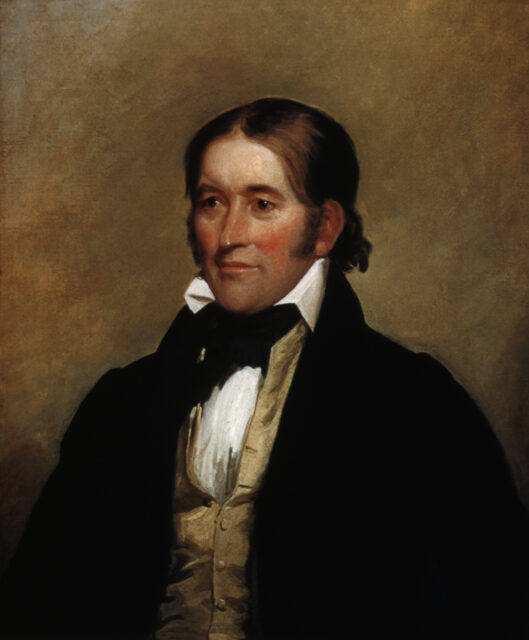
Crockett saw an opportunity to gain a foothold in the politics of the new Republic and set his sights on San Antonio. However, this would be where he met his demise. How Crockett met his death has long been a matter of debate. Some historians believe he was killed during the battle, while others say he was one of the 400 survivors who were taken to Goliad and executed, burned and dumped into a mass grave by Santa Anna’s men.
Overt time, another legend evolved regarding the Battle at the Alamo. Supposedly, Lt. Colonel Travis used his sword to make a line in the dirt demanding that all who were willing to defend the fort to the death to step over it. Bowie, who was too ill to stand, requested his fellow men to carry him over the line. The veracity of this story is questionable as it first surfaced forty years after the fact and has never been verified by any real evidence.
Did Santa Anna betray his men?
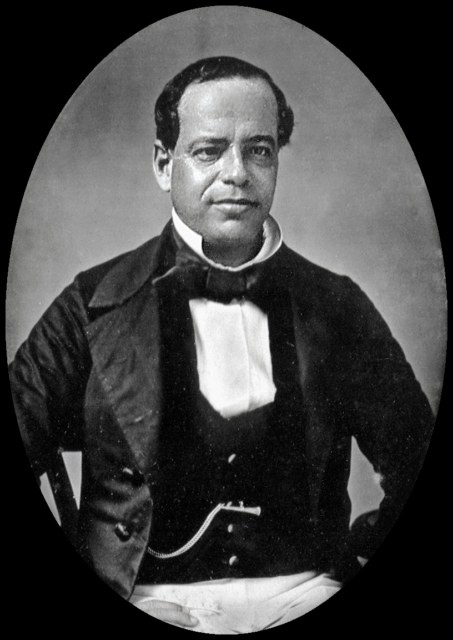
While Santa Anna was successful in his siege of San Antonio and the Battle at the Alamo, Mexican officials questioned his methods. Six hundred Mexican soldiers were lost at the Alamo, a number that was considered excessive by Mexican authorities. He had a history of betraying the Mexican people to his own benefit. He manipulated other politicians to put his policies into effect, and when they were not well received, he would use them as a scapegoat to avoid damaging his career. Eventually though, his nefarious ways caught up with him. He was exiled, convicted of treason, and the Mexican government confiscated his property and riches.
Typically, deserters are common when a hopeless battle is being waged. However, at the Alamo, the situation was quite the opposite. Sympathizers with the Texans’ cause found their way through the enemy forces to join in the defense of the fort. Unfortunately, they were all killed in the battle.
Santa Anna’s force of six hundred soldiers attacked the Alamo, and in less than two hours, all three hundred defenders were killed or captured and summarily executed. The incident drew even more volunteers to join in the battle for Texan independence, and the goal was finally achieved at the cost of many lives.
The Battle of the Alamo has remained in popular consciousness and has been adapted in books, Hollywood movies, and historical reenactments. The defenders have been lionized and had streets, buildings, and counties in Texas, particularly in San Antonio, named for them. The legend will live forever as long as the battle cry “remember the Alamo” is spoken.
